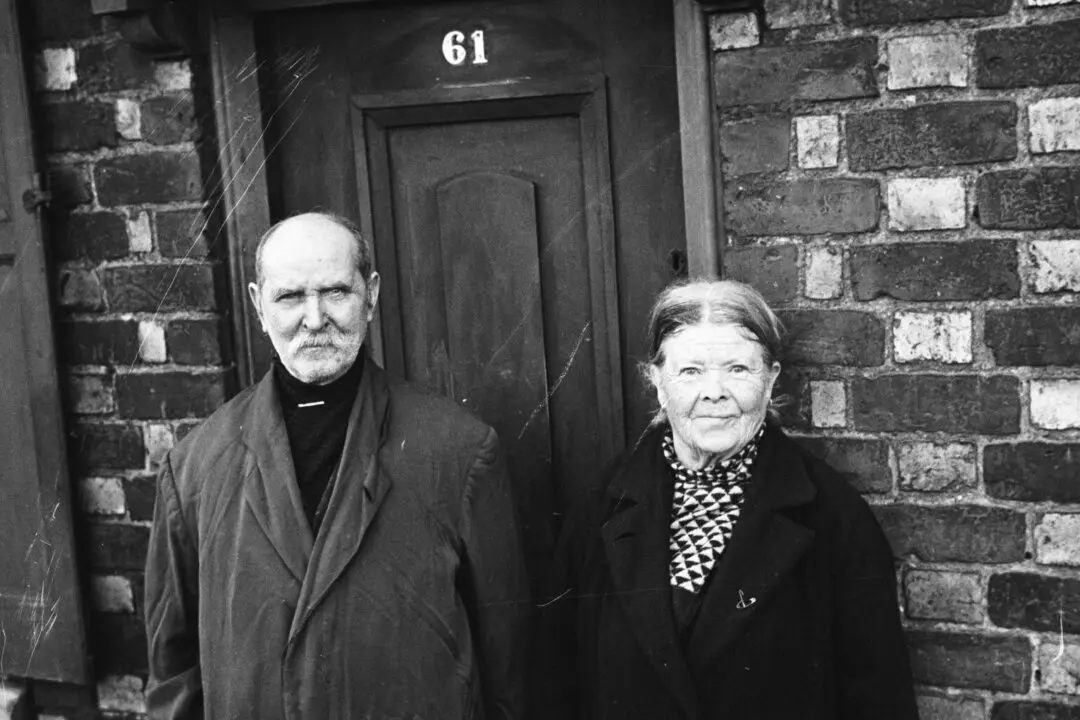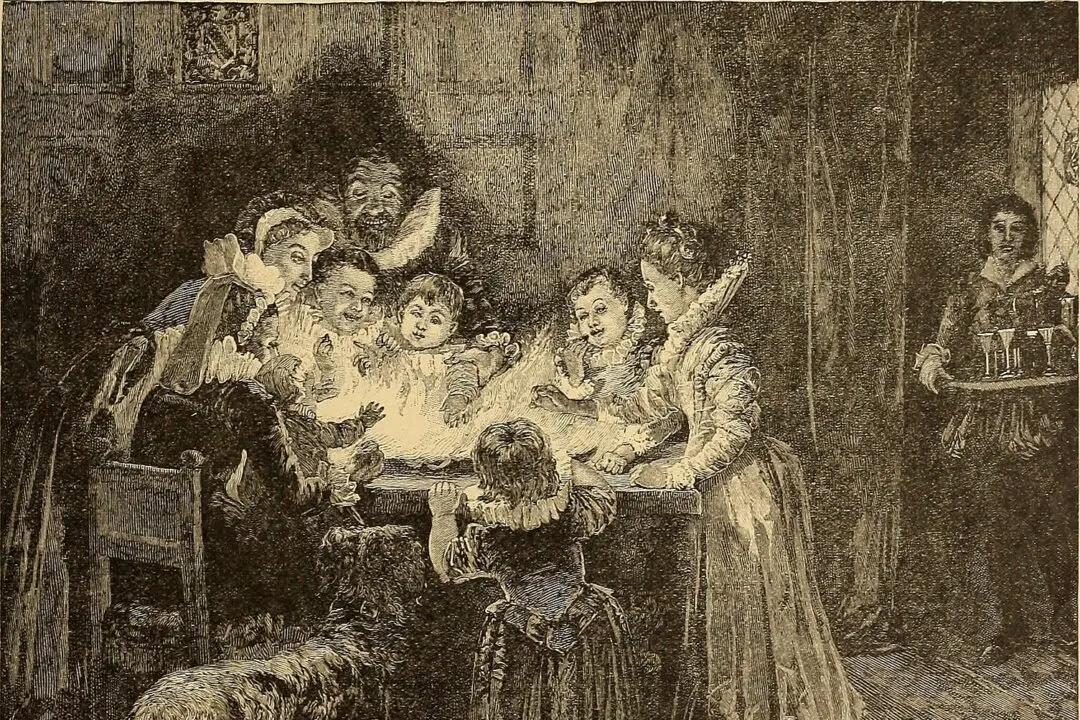“Of all the stories I have read ... it remains the most real, the most realistic, in the exact sense of the phrase the most like life,” said British writer G.K. Chesterton about “The Princess and the Goblin.” These are surprising words to describe a children’s fantasy novel, yet Chesterton, as was so often the case, saw past the surface of the work to its inner depths.
“The Princess and the Goblin,” despite its otherworldly setting and fantastical creatures, contains a certain realism: the realism of universal spiritual truths at the center of our lives. The delightful novel provides young readers (and old ones) with a well-balanced mixture of wit, wisdom, and wonder.






